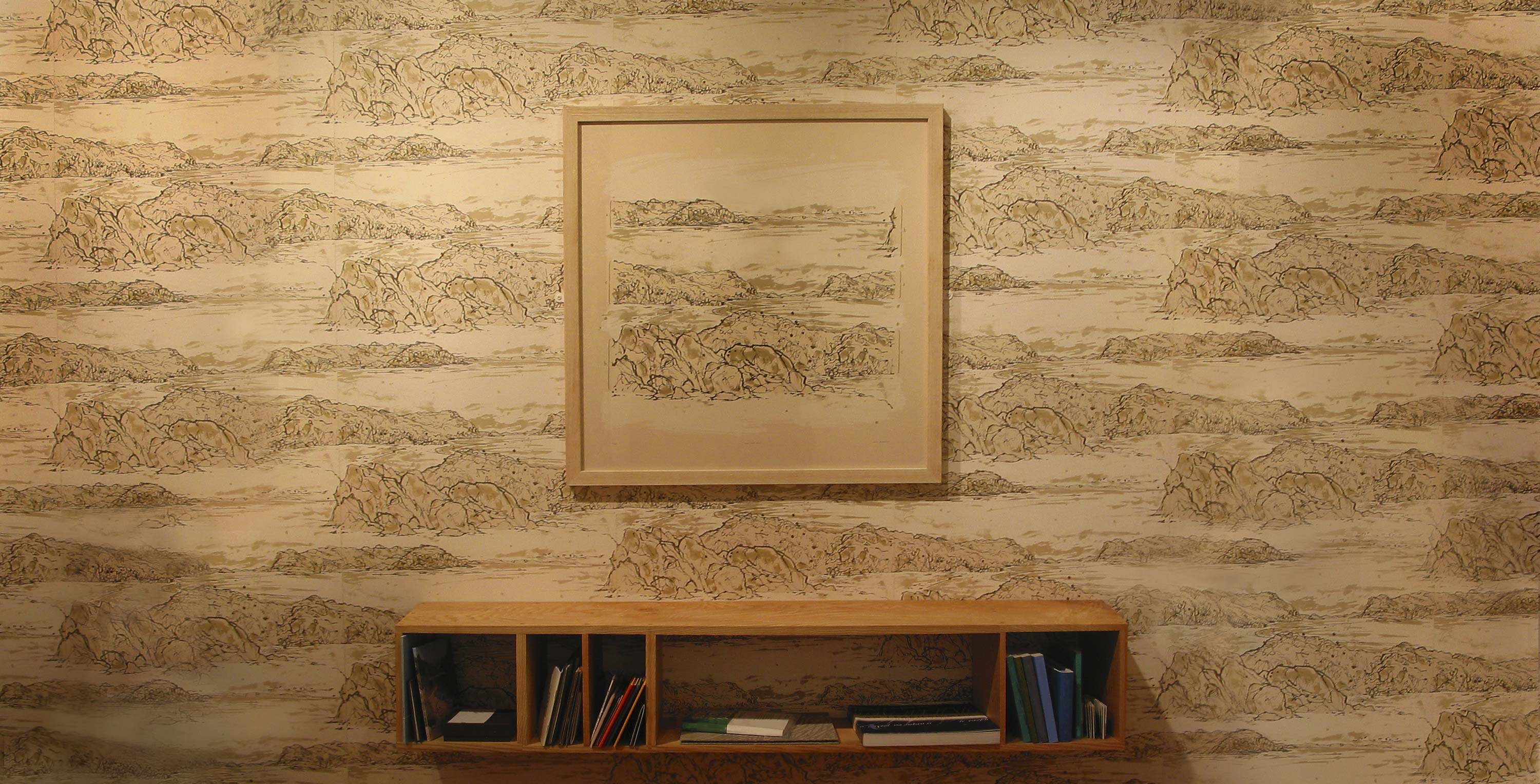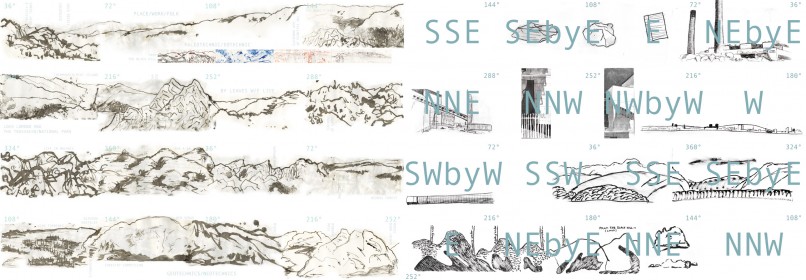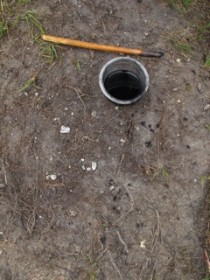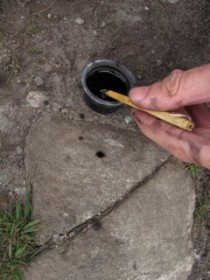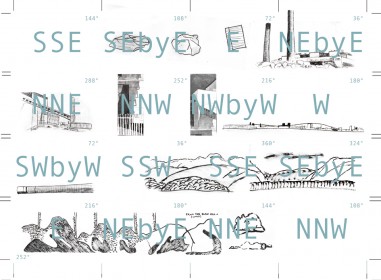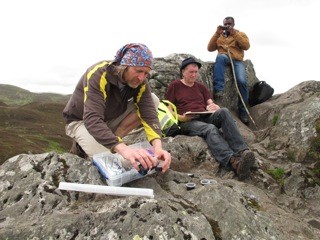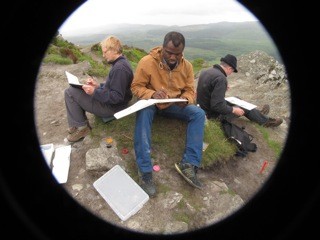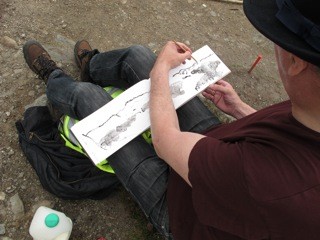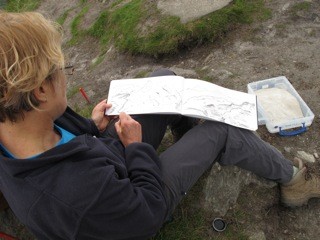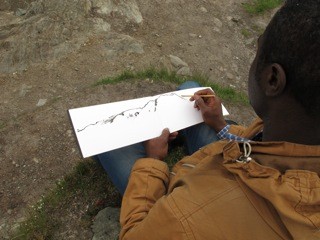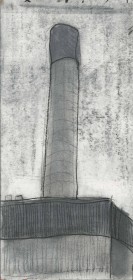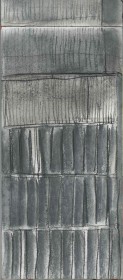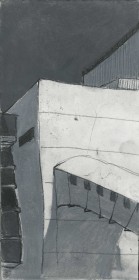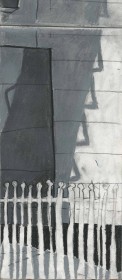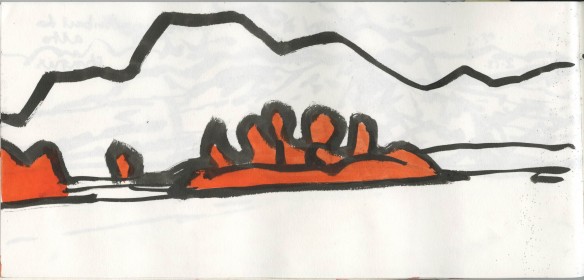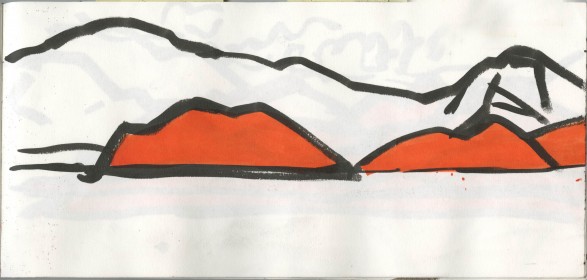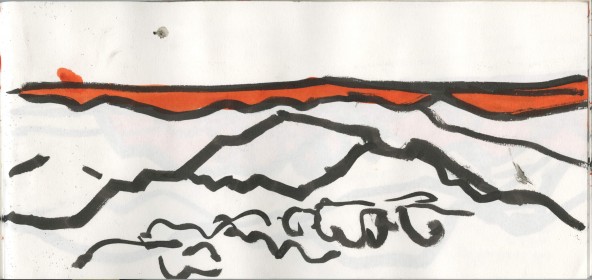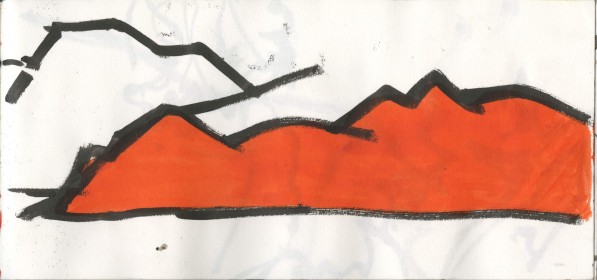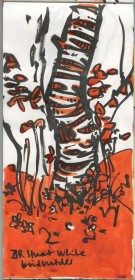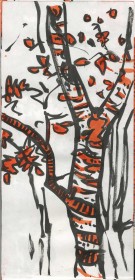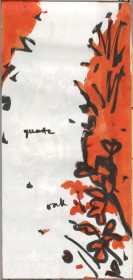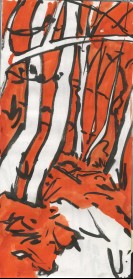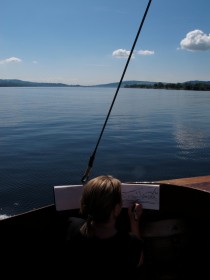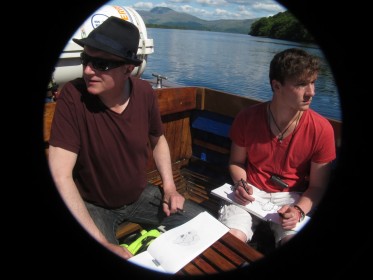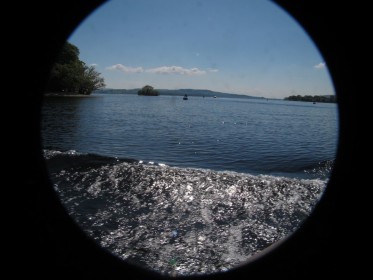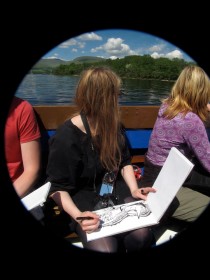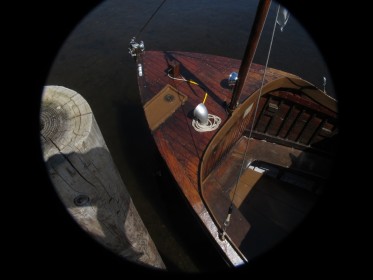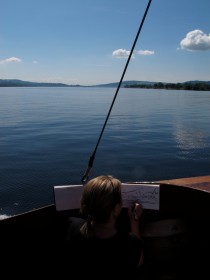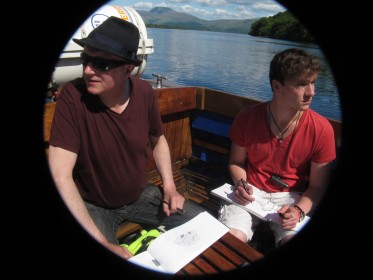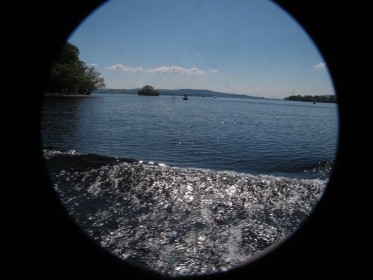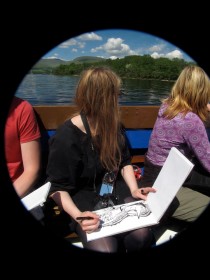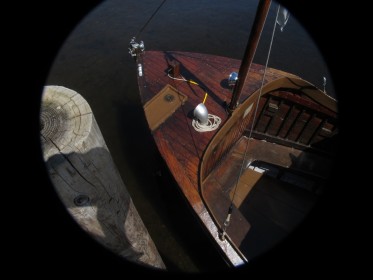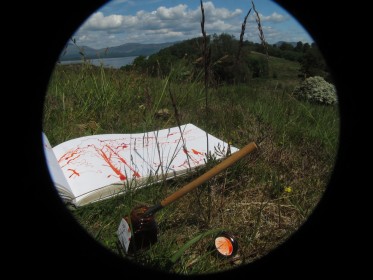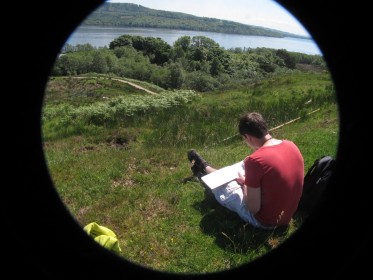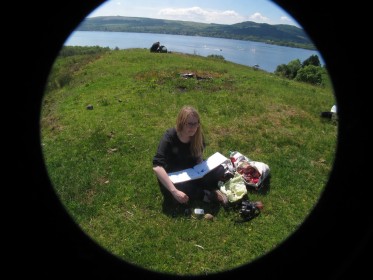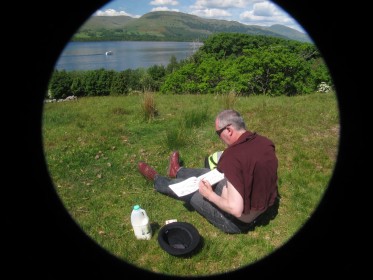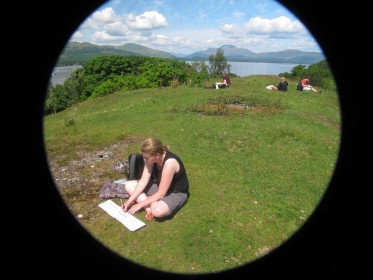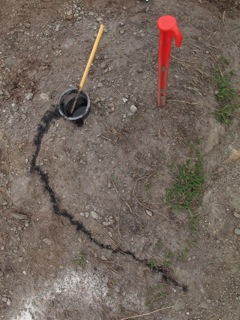By Leaves We Live
Selected Artist for Forestry Commission renemwables Project with Loch Lomond and the Trossachs national park, Commissioned by Planning Aid for Scotland
BY LEAVES WE LIVE funded by Creative Scotland and the Forestry Commission
Commissioned by Planning Aid for Scotland, looking at Renewable Energy and the Low Carbon Economy in Loch Lomond and the Trossachs National Park.
The project involved three separate drawing trips to three specific sites in Central Scotland, relating to both the Loch Lomond and the Trossachs National Park landscape and the more general evolution of power production in Scotland.
Each of the planners involved in the project were given an individual sketchbook on Day 1 and were subsequently given a series of individual and collective drawing and walking activities, utilising different drawing materials relating to both the landscape location and the particular power source under investigation and consideration.
The first day trip was to the recently decommissioned Cockenzie coal-fired power station in East Lothian. This involved the group working and walking individually, investigating the huge industrial site and using carbon based drawing materials, graphite, conté chalk and black pastels, to render this vast modernist construction in their sketchbooks. This initial day also included a visit to the artist’s then current exhibition in nearby Haddington, looking at his own interpretation of coal, nuclear and wind power in the exhibition ‘Earth, Wind and Fission’. Finally the group visited Edinburgh Printmakers Workshop for a brief introduction to screen-printing, the process proposed for the final outcome of the project and a visit to an exhibition by the artist Bronwen Sleigh, investigating large architectural forms.
Day 2 was a trip to the ‘Lowland’ end of Loch Lomond and a drawing excursion on the scheduled mailboat across to the island of Inchmurrin, or peat Island, in the south of the loch. The group were each given a black brush pen to record the outward trip and individual colour inks and traditional steel-nibbed dip pens to draw with, once they reached their destinantion. These materials reflected both the necessary practicalities of drawing in a moving boat and the traditional planner or draughtsman’s process of rendering colour-coded planning documents and maps.
On the island the group headed for the central mount and were each allocated a ‘segment’ of the panoramic landscape to depict in their sketchbooks. Following this more collective drawing exercise, the group headed north up the east side of the loch to gather reeds from Lochan Dubh – the black loch. After a brief reed-pen cutting workshop the group were encouraged to cut their own pens for the following week’s drawing trip.
Day 3’s destination of Ben A’an in the Trossachs proved slightly harder to arrange, as bad weather forced the initial ‘Highland’ trips to be cancelled. When the slightly smaller group eventually ascended the peak, they were issued with pots of locally sourced oak-gall ink and used their locally sourced and prepared reed-pens to depict segments of the panoramic landscape in a series of interactive, collaborative drawings across the pages of each others sketchbooks.
Throughout all these trips the drawing processes were recorded through extensive photographic documentation. Additionally the planners were encouraged to add drawings and written notes into their sketchbooks in their own time. These could include their own thoughts and research into Patrick Geddes, planning and the landscape, as well as specific environmental issues relating to National Parks, Power Production and Renewables.
The final stage and outcome of the project is to produce a large print at Edinburgh Printmakers. This will involve each planner engaging in the hands-on printing process, and then of them seeing their own individual and collaborative drawings being arranged and composed in a coherent visual and conceptual form.
This final day will also involve an additional trip to the artist’s studio to discuss and consider the project’s development, outcomes and the potential impacts on both the planners and the artists’ relationship to the landscapes and the land uses in question.
PALINDROMIC LANDSCAPES
Palindromos: Running back again (Greek)
‘David Faithfull engages directly with the duality of the personal and the universal in his palindromic books…to show a doubled landscape – one side revealing an objective view of the scene full of grids, measurements and names, while the other side reveals his subjective view, replete with experiential descriptions, sensory conditions and associative images. Each side of the book changes the perspective that is depicted in this mirrored landscape, further heightening the theme of duality through oppositional views’
(‘Wrtitten Landscapes’ Afterimage, Vol 34 Issue No 6 by Elisabeth Long, co-director of the Digital Library Development Centre, University of Chicago)
How can the artist satisfactorily and genuinely communicate his ‘actual’ physical presence in the pictorial depiction of the ‘Landscape’ and the authenticity of his actual experience there? Pointing his camera or his easel at the valley or hillside, the artist can satisfy traditional demands of the Landscape representation, or he could like Richard Long or Robert Smithson record the physically altered elements within it. He might even include himself in the picture plane, like Caspar David Friedrich or Anselm Keiffer, reacting directly to the immediacy of the space. But beyond the credibilty of the photographic evidence, how can the viewer be sure of the validity of the Artist’s experience?
In the traditional romantic representations such as ‘The Monarch of the Glen’ by Landseer, are we just witnessing the experience of the sanctuary of the Artist’s studio or the view from comfort of his horse drawn coach, as the mists and rain swirl about outside. This Victorian taste for ‘Nature’ certainly fed on these idealised themes, but have we really developed beyond this, especially here in Scotland? Turner’s sketchbooks authentically chronicle his Highland tours and more contemporarily Hamish Fulton records his unintrusive progress through the landscape typographically, but the more familiar work of Jolomo perpetuates these distorted sentimental views today.
Through researching and developing a unique palindromic form, applied to the book structure, this dilemma of faithfully recording and representing the Landscape are considered. With this the book doubles to have two distinct narratives and two particular sequential progressions.
Most of these developed palindromic investigations, depict responses to the landscape of Scotland, particularly the Hebridean Island of Mull. 'Tide/Edit' comprises of two continuous sequential courses or cycles. Read as 'Tide', the book covers a brief theory of tides and tide tables. Viewed as 'Edit', it a more personal interpretation of the tidal influences, describing various, mythological and fictitious characteristics. 'Traigh Mhill, East looking west/West Looking East', focuses introspectively from one direction, on the personal associations of memory and sensory response to a certain heathland/shoreline region. From the other antithetical viewpoint, more objective, topographical, geological, meteorological and environmental particulars of the area are detailed.
With TideEdit 2 the alternative palindromic ‘voice’ is a collaboration with the writer Giles Sutherland and his interpretation of previously investigated locations through text and includie the Hegelian dialectic of the thesis and antithesis. This is further developed through revisiting the sites of landscape representations influential to past artists as Palindromes that span time, These include looking at Monet's representation of the Normandy coastline and William Henry Millais's panoramic views of North Devon.
Ben A'an Trip to the Trossachs with PAS
28.06.2013
28.06.2013
Pallindromic/Panoramic drawing workshop up Ben A'an in Loch Lommond and the Trossachs National Park with Planning Aid for Scotland with the By Leaves We Live Project.
Oak Gall Ink with reeds sourced from Lochan Dubh
Individual drawings laid out roughly as 360° panoramic view
 |
 |

